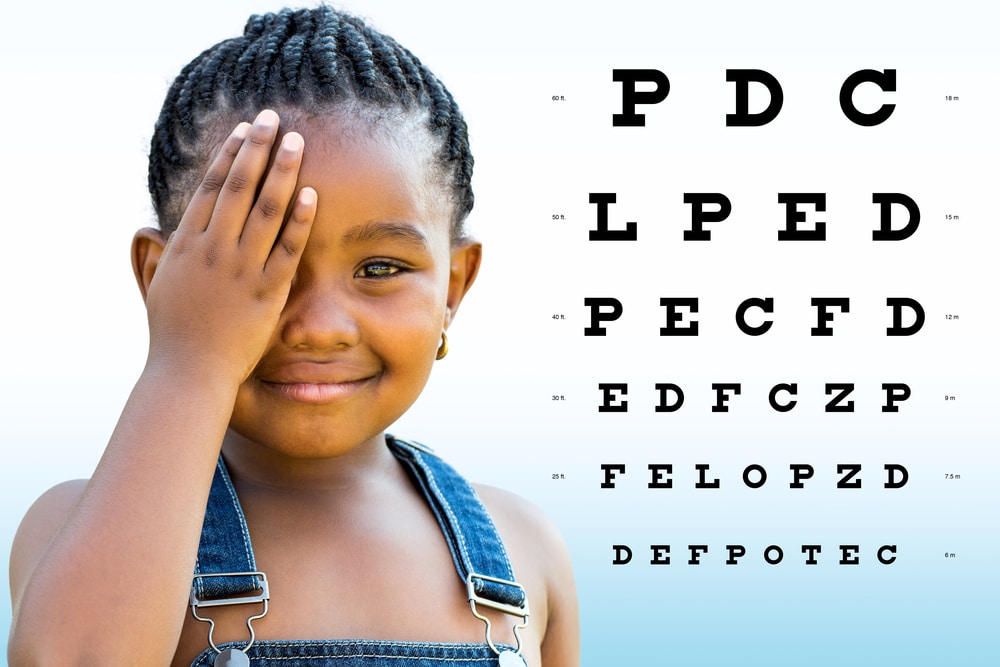The number of people that rely on contact lenses to correct vision problems is growing daily. They are currently the go-2 solution and are classified as the world’s preferred seeing aids. Designed as miraculous pieces of plastic, they have almost eradicated the need for bulky glasses and offer wearers a more flexible option when it comes to taking good care of their eyes.
There’s more to these tiny transparent discs, however than their basic shape and potent functionality. They come with history and tons of interesting facts. For instance –
Did You Know?
-
An Average Of 3.5 Million Individuals in the UK Wear Contacts
Contact lenses are currently the most popular solution for correcting vision problems in the UK with at least two-thirds of the wearers being women. They are worn by teenagers, adults, and are even a solution for older generations whose eyesight has begun to deteriorate.
-
People Prefer Soft Lenses
Of the 3.5 million lens-wearers in the UK, 80% prefer soft lenses — mostly because they are more comfortable and are gentler on the cornea.
-
Most People Do Not Look After Their Contacts as Per Instructed
According to the US National Library of Medicine, a whopping 40%-90% of wearers do not properly follow the correct lens care instructions.
-
They Show Fewer Instances of Eye Infections
Despite the fact that most users do not follow the care instructions accurately, only 1 out of 500 lens wearers per year will contact a serious eye infection. This statistic is an indication of how safe contact lenses are.
-
Never Sleep or Swim with Your Contacts In
Sleeping with a lens in place will prevent your cornea from breathing and this could lead to eye damage. Swimming (and even showering) with them in can cause similar damage or eye irritation. It’s best to get into the habit of removing them before you do each of these two things.
-
Keratitis Is the Most Common Eye Infection Linked to Contact Use
A study by The Center of Disease Control and Prevention found that Keratitis is the diagnosis that leads to a minimum of 1 million doctor and hospital visits every year. This infection causes painful inflammation of the cornea and if it is not treated quickly and effectively, it could lead to more serious problems.
-
Contact Lenses Offer Several Effective Options
Apart from correcting one’s vision, lenses also help to protect eyes and are the only seeing aids that are not obviously noticeable. They are also accommodating to individuals who have more active lifestyles, such as sportsmen.
-
A Lens Cannot Get Stuck Behind Your Eye
The myth that a monthly contact lens can lodge itself at the back of your eye is completely false. The conjunctiva, a thin membrane, seals your eyes and stops anything from slipping behind them, including dust and dirt.
-
They Are Big Self-Confidence Boosters
Contact lenses have reportedly helped to boost self-confidence, especially amongst teenagers who prefer the less noticeable solution to their eye problems. Coloured lenses are also quite a fashion statement and often form part of one’s outfit planning.
-
There Are Different Types of Contacts to Accommodate Multiple Lifestyles
From daily disposable lenses to prescribed solutions that have been finely customised to your eyes, a contact lens can come in an assortment of variations — including various colours and wearing guidelines.
-
Contact Lenses Have Been Around for Longer Than You May Think
According to Wikipedia, the first lens design was in invented way back in 1801 by Thomas Young. His creation was based on Descartes’ model and he used wax to affix water-filled lenses to his eyes.
-
Modern Day Contacts Won’t Dislodge Themselves
Gone are the days where one has to scour the floor for a contact lens that has popped out. These days, lenses have been made so that they do not dislodge (if they been inserted correctly, that is). This means that they are perfectly suitable for sportsmen and individuals with more active lifestyles.
It’s no assumption to say that wearing contact lenses has become a standard practice for huge portions of the world population and popping a disc into one’s eye simply forms part of the usual morning routine. Lest we not forget, however, how ingenious this invention is and how it has both literally and figuratively changed the world as we see it.
If you have been battling with your eyesight or have been experiencing headaches and dizzy spells, you might want to visit your local optometrist to see if you need corrective vision aids that can put an end to your uncomfortable symptoms.
Sources:
Contact Lens. Wikipedia
Contacts vs. Glasses. WebMD
Healthy Contact Lens Wear and Care — Fast Facts. CDC
Contact Lens Facts. E Medicine Health







Reply